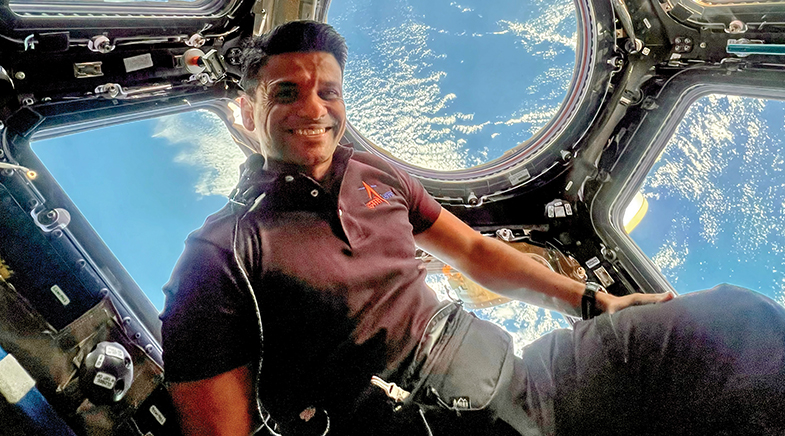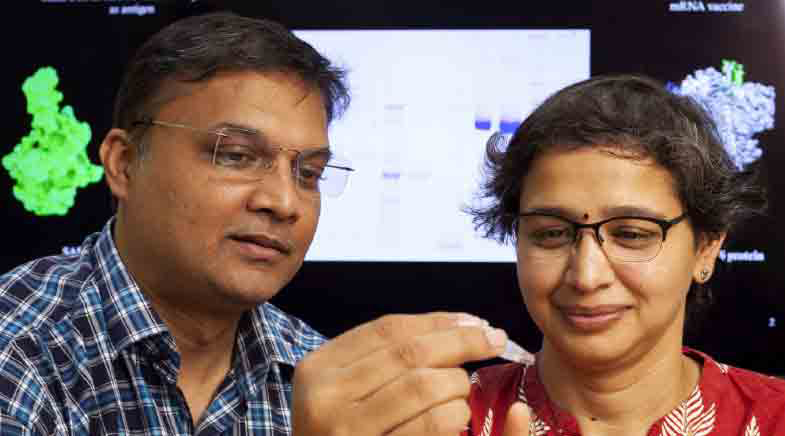Building blocks
-
- from Shaastra :: vol 01 issue 05 :: Sep - Oct 2022
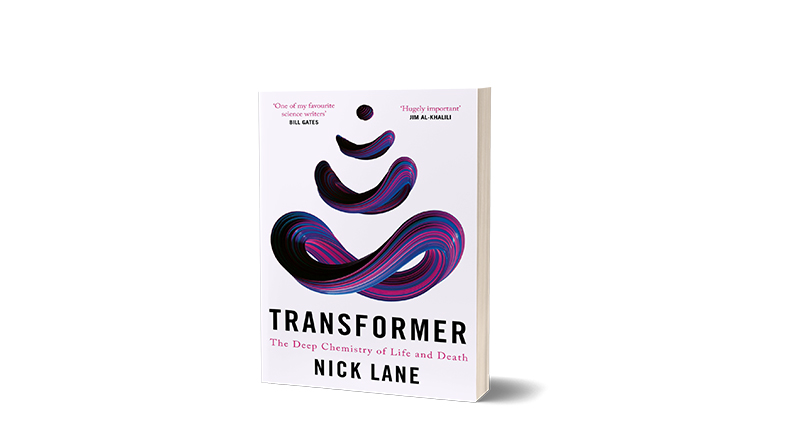
Nick Lane's book shines a light on the energy cycle that all organisms use and on puzzles such as the origin of life.
As medical students in the 1970s, we were drilled in the Krebs cycle, also known as the Tricarboxylic acid cycle — the chain of chemical reactions that produce ATP (the readily available form in which energy is stored) from food (glucose). It was rote learning at its worst, guaranteed to put us off biochemistry forever. This 400-page book on the Krebs cycle, therefore, came as a pleasant surprise.
Nick Lane, the author, is a Professor of Evolutionary Biochemistry at University College London. There are not many academic biochemists specialising in this niche, which has been made popular in the public imagination by a series of books written by Lane, who obviously enjoys splashing around in his corner of the scientific pond.
Fortunately, he has not acquired the stolidity that comes with a long academic career writing research grants. He looks, sounds and writes like a journalist, having spent some years after his PhD in medical writing. And he uses all the tricks of the professional writer to make what might have otherwise been a dry tale interesting.
The picture on the book cover resembling the logo for Meta (as Facebook is now know), the word 'deep' in the title, and the masthead positioning of words of praise by Bill Gates make for a trifecta of semiotic excess that can be off-putting for those who prefer nuance and subtlety. However, given the hard sell that is required to get the average reader to pick up a book on biochemistry, the sleight can be forgiven.
THE CYCLE OF LIFE
A professional writer would have baulked at dipping her toes in the icy waters of the complex metabolic machinery that supports life. But Lane is a biochemist who studied metabolism for his PhD and appears to be in love with this arcane niche. The Krebs cycle in all its multitudinous detail may be boring, but it is also vital. It literally energises all life on this planet. While it is primarily known as the energy generator, it can also operate in the reverse to synthesise the building blocks of life.
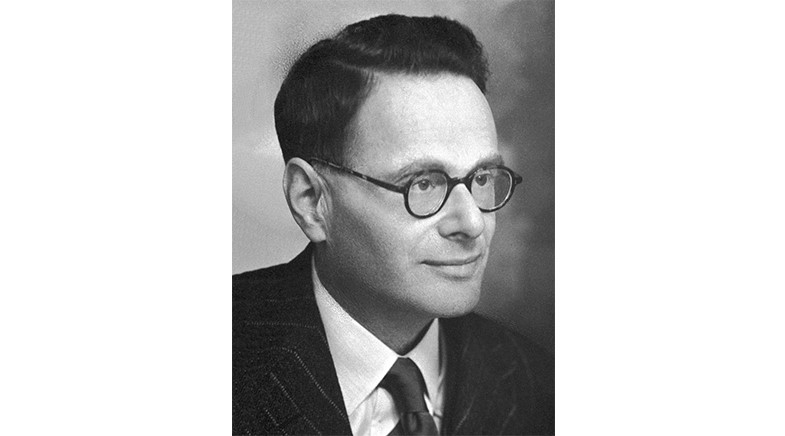
The production of ATP from the products of the Krebs cycle requires an additional step — the transfer of electrons to membrane proteins, which in turn pump out protons to create a gradient of protons. The only way the protons can re-enter down the electrochemical gradient is by spinning a motor-like protein in the membrane called ATP synthase. Each turn of ATP synthase, just like a hydroelectric turbine, contributes to generating ATP. Having explained this proton gradient in some detail assisted by vivid descriptions of the scientific characters such as Hans Adolf Krebs who did the hard work, Lane turns to the most promising section of the book — the origin of life.
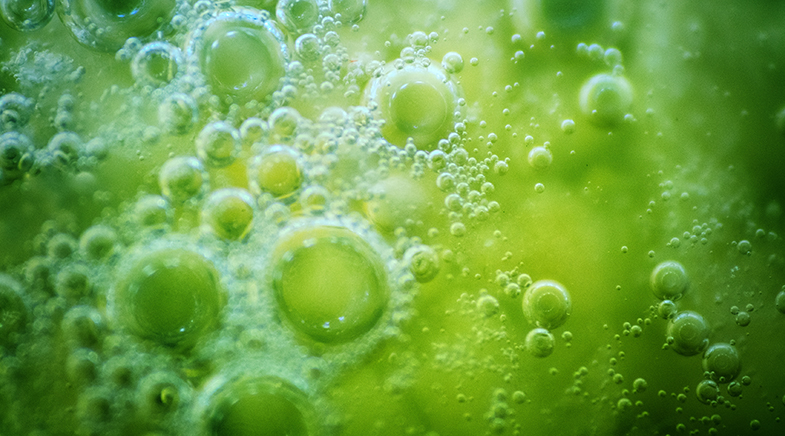
The classical view of life's origins is the concept of the 'primordial soup' — a disordered mix of organic molecules jostling in ancient oceans frequently struck by lightning — the presumed ingredients to surmount the thermodynamic barrier to reversing entropy and creating information in the form of ordered molecules capable of replication. This is a dissatisfying scenario because of the improbability of its occurrence. Lane and his academic peers offer an alternative process called chemiosmosis: the conversion of energy for biosynthesis within the protected conditions of what they call 'protocells' near underwater hydrothermal vents energised by proton flow down electrochemical gradients (similar to the ATP-generating system coupled to the Krebs cycle).
This energy source was used by the protocells to combine CO2 and H2O to synthesise organic molecules of increasing complexity, eventually leading to RNA that could copy itself and on which natural selection could operate to evolve higher and more complex life forms. As proof, replicating the conditions in hydrothermal vents in the timescale of laboratory experimentation has been shown to combine CO2 and H2O to produce small amounts of formaldehyde, which is a precursor for other organic compounds, including sugars.
The Krebs cycle in all its multitudinous detail may be boring, but it is also vital. It literally energises all life on this planet.
It is important to note that in the early stages, the chemiosmosis depended on energy sponged from the environment to catalyse biosynthesis. This new angle on the origin of life also opens up more possibilities for the existence of life in other parts of the universe. Suppose life can originate in the harsh and oxygen-depleted environment of a hydrothermal vent, then why not on other such inhospitable (from our point of view) planets in the universe? What kind of interesting life forms could arise in such varied environments?
Lane also discusses the work leading to the discovery that mitochondria in eukaryotes (organisms with cells that bear a nucleus) are examples of endosymbionts — they are primitive bacteria that entered other cells as interlopers and were then domiciled within those cells to become energy factories. Multicellular organisms and the expansion of the genome happened when mitochondria expanded and specialised to produce the huge amounts of energy needed to support the activities of the tens of thousands of genes in eukaryotic cells.
But mitochondrial specialisation as the energy factories of the cell also exposes an Achilles heel when the mitochondria become sick. For example, when you over-consume calories or embrace a sedentary lifestyle, the Krebs cycle becomes sluggish as a food oxidiser and then releases excess succinate, which signals genes that cause inflammation, cell growth and proliferation — maladaptive responses that underlay multiple maladies including cancer and ageing. There is a bit of hand-waving in this section and sweeping generalisations about how genes may play a minor role in the origin of cancer. However, the polemic is still interesting as it relates to many of the diseases common today.
LOST CONSCIOUSNESS
However, in the last chapter of the book, Lane builds a bridge too far — linking consciousness to the energy gradients maintained by mitochondria in nerve cells. He quotes Luca Turin, a biophysicist: "While it is not known to what extent fruit flies are conscious, they are most definitely unconscious when exposed to chloroform or ether." That simplification of the two states — consciousness and being unconscious — as simply two sides of the same coin is like saying, "I do not know how a car works, but it has to have something to do with removing the battery when it stops working."
The flurry of facts he drowns the reader in represents an attempt to give life to his theorising. But then facts are like excuses; the weaker they are, the more of them you need. Take this fatuous statement of Lane as another example of woolly-headed thinking: "I suspect that twenty-first-century biology will be the biology of fields." This chapter is altogether too unconvincing and blights the end of an otherwise cogent narrative.
Lane relates the scientific process — the intellectual process of thinking through hypotheses and the practical process of experimentation and deduction — like a mystery story.
Lane relates the scientific process — both the intellectual process of thinking through hypotheses and the practical process of experimentation and deduction — as if he is telling a mystery story with many twists and turns. We get a ring-side view of the moments that make science addictive for its practitioners. The world of science that he describes in the early to mid-20th century is populated by all kinds of eccentric characters — men and women. Even Otto Warburg, who is described with a mix of awe and affection, is put through the wringer for his obduracy.
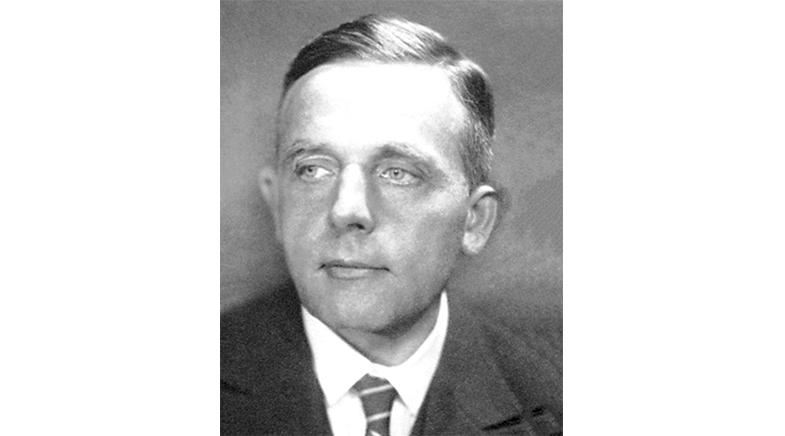
Lane adopts a chatty style, interspersing his descriptions with exclamations that are normally used only in spoken speech. It is endearing or irritating depending on your mood. When you read this book, resist the temptation to skip over the fine lettered notes at the end of each chapter: together they are a goldmine of insight and tattle.
Informed readers, with a passing familiarity with the subject, will find much to relish in this book. But a wider audience may find the density of information and branching forks in the arguments a little too much to hold. If, however, you do succeed in reading through (some portions may be skipped since he repeats his arguments quite often), you will be amply rewarded with some fresh insights into problems that still await resolution — such as the origin of life. This should be good enough for most people.
A clinical pharmacologist and neuroscientist, Dr Swami Subramaniam is CEO of Ignite Life Science Foundation.
Have a
story idea?
Tell us.
Do you have a recent research paper or an idea for a science/technology-themed article that you'd like to tell us about?
GET IN TOUCH
